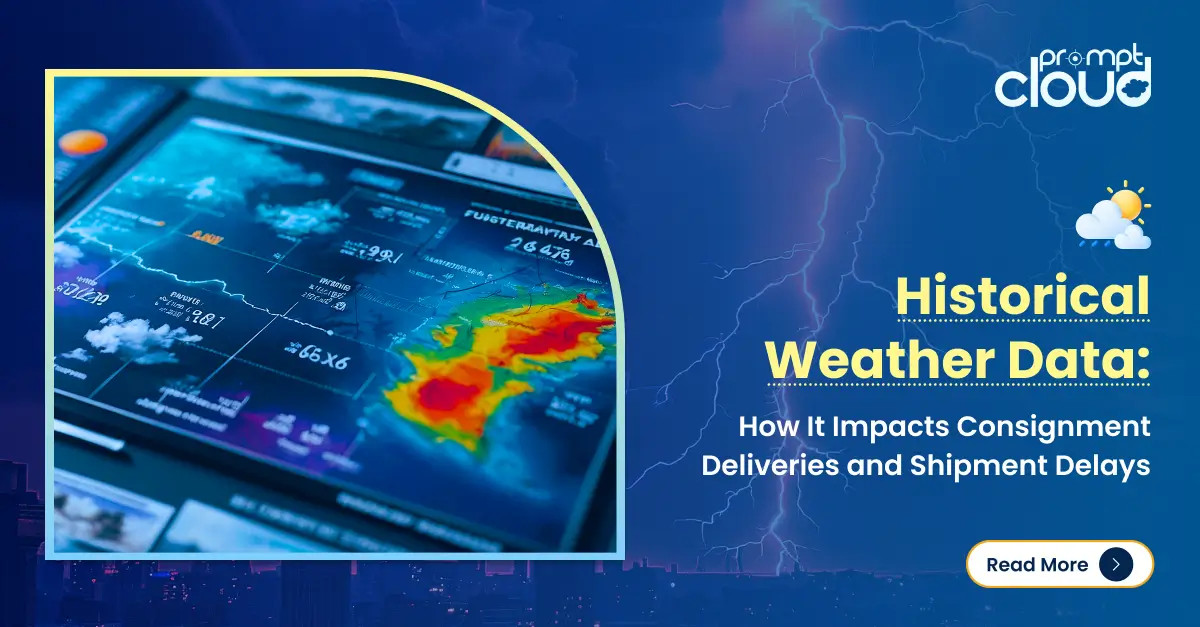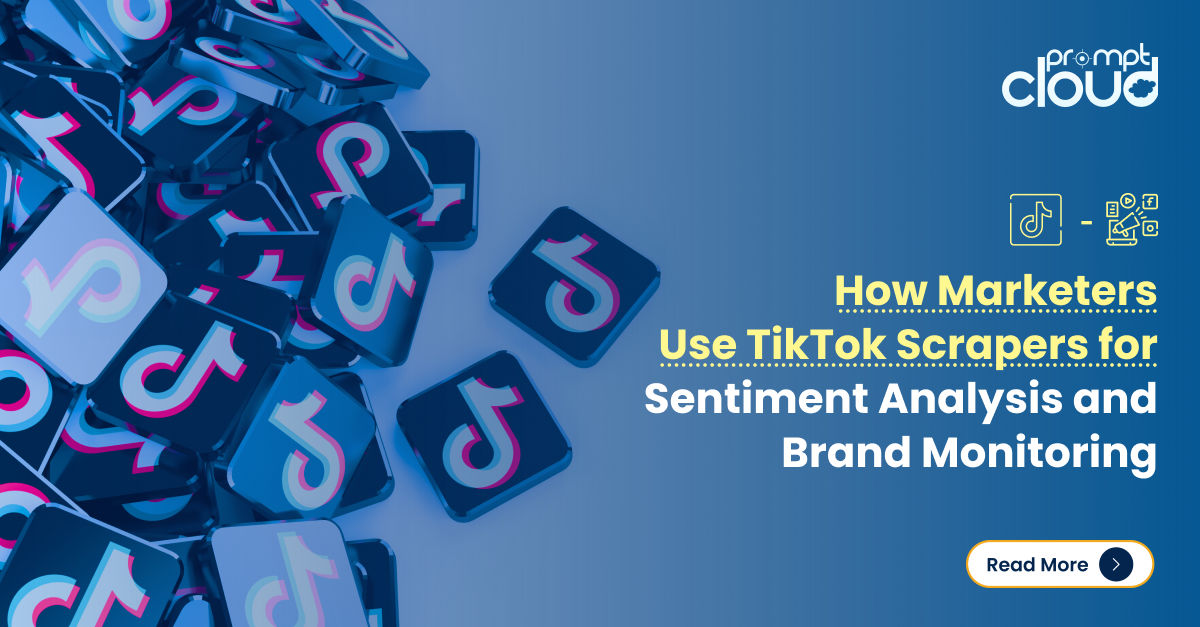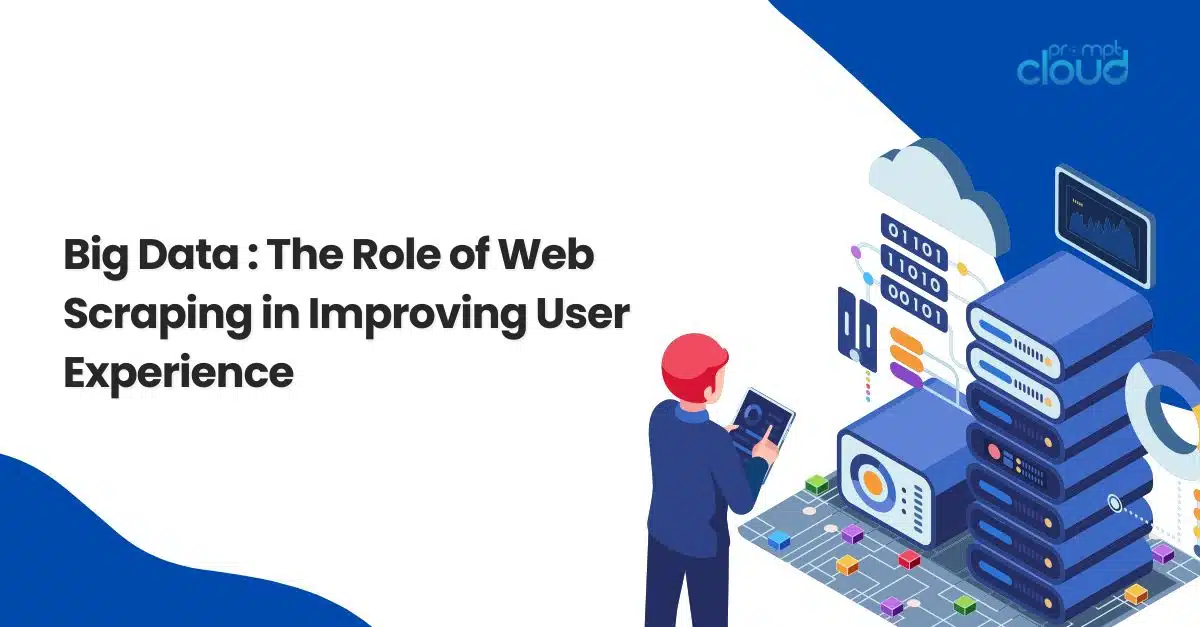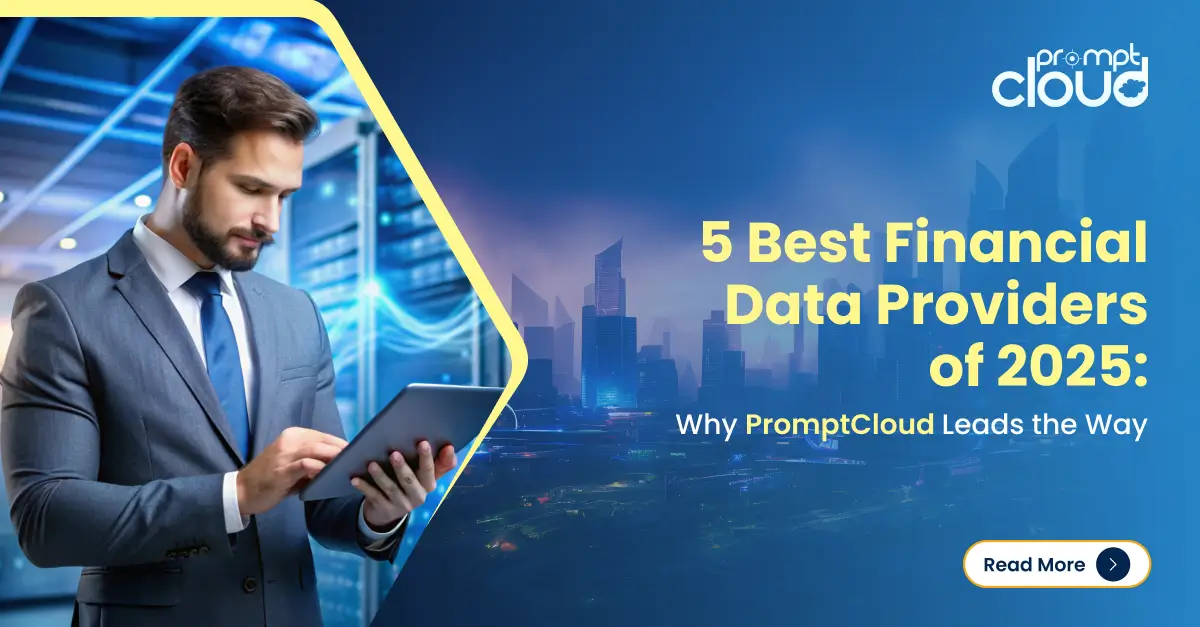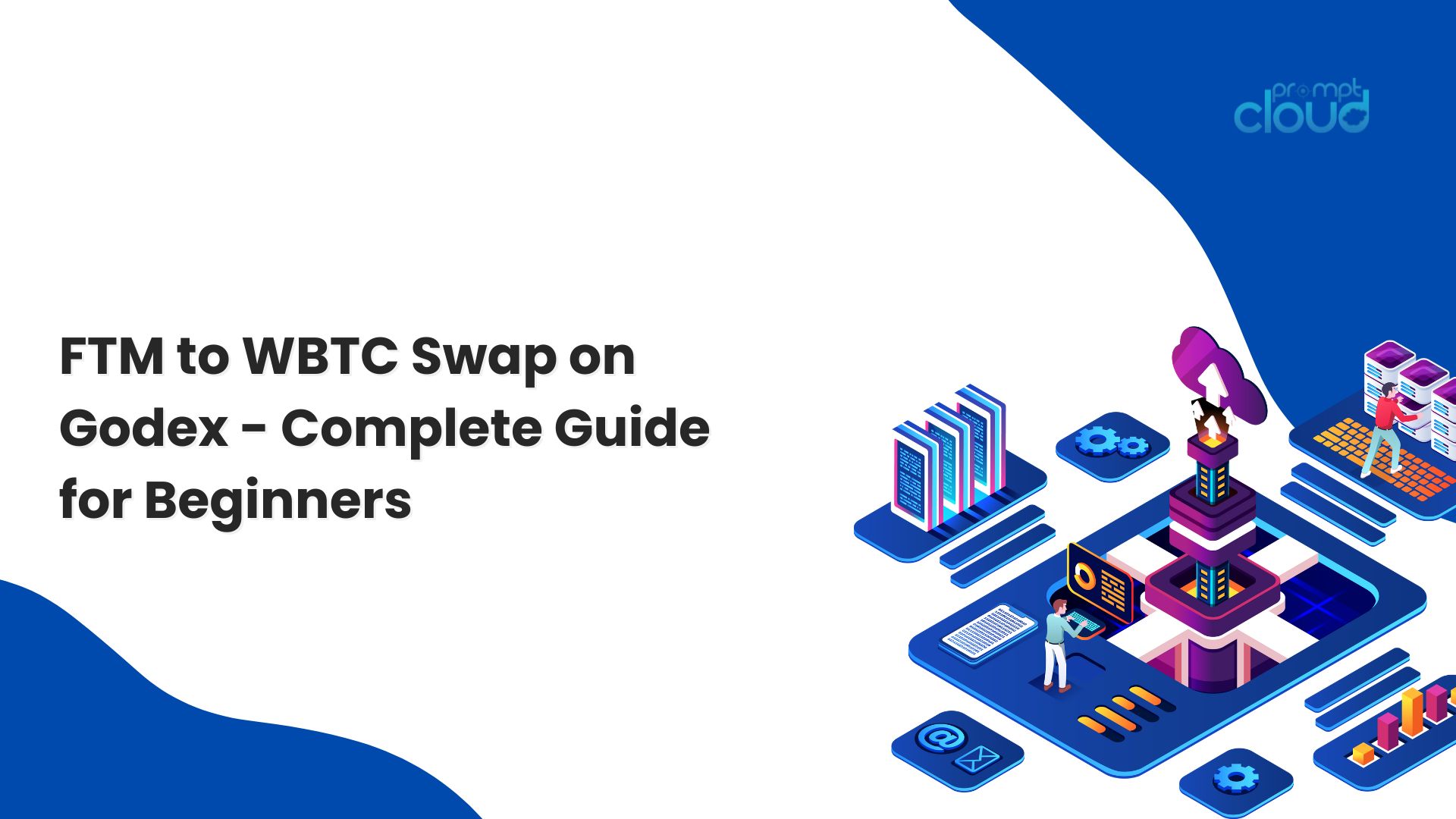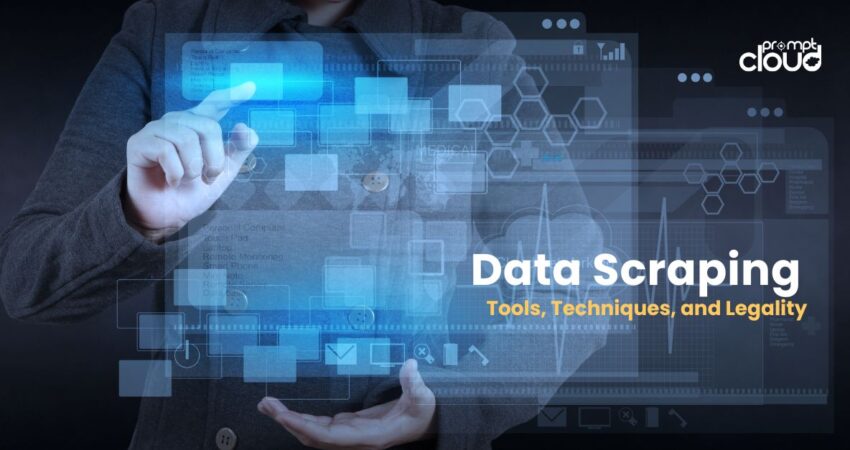
Traversing the data-rich terrain of the digital world demands a fundamental skill: data scraping. This approach encompasses extracting valuable information from websites and converting unstructured data into an organized format for analysis or practical applications. For instance, imagine collecting real-time stock prices from financial websites to analyze market trends swiftly and efficiently.
Tools range from simple browser extensions to sophisticated software or bespoke scripts written in programming languages such as Python. Techniques vary but often include parsing HTML, navigating web pages, and handling data in various formats. While powerful, it’s important to consider the legal implications, as not all scraping activities conform to website terms of use or legal regulations.
Data scraping could involve:
- Automated bots that navigate web pages to collect specific information.
- Scraping tools that parse and organize the data into usable formats.
- Techniques that respect the legal boundaries and ethical considerations of data use.
Understanding the tools, techniques, and legality is vital for anyone looking to leverage data scraping effectively and responsibly.
Data Scraping Tools
Data scraping tools extract information from various sources, notably websites. There are numerous categories of scraping tools available:
- Open-source scrapers like Beautiful Soup and Scrapy, provide flexibility for developers.
- Proprietary software such as Octoparse and PromptCloud, often feature user-friendly interfaces.
- Web-based services like Import.io allow scraping without software installation.
- Browser extensions like Web Scraper or Data Miner, are suitable for quick, one-time tasks without coding.
- Custom scripts can be written in languages like Python or PHP for tailored needs.
Image Source: https://www.jaroeducation.com/
Data Scraping Techniques
The methods for gathering data have advanced, allowing us to effectively extract information from diverse sources. Several methods dominate this landscape:
- HTML Parsing: Leveraging parsers to extract data from HTML, is a fundamental technique for web scraping.
- DOM Parsing: Interpreting the Document Object Model to locate and retrieve dynamic content updated by client-side scripts.
- XPath: Employing a query language to navigate through elements and attributes across an XML document.
- JSON/XML APIs: Fetching data from JSON or XML APIs, which are often provided by websites for efficient data access.
- Web Scraping Software: Utilizing specialized tools that are designed to crawl websites and extract required information automatically.
- Data Mining: Applying sophisticated algorithms to analyze large datasets harvested from scraping efforts for patterns and insights.
These techniques underscore the depth and versatility data scraping offers in transforming raw data into actionable intelligence.
Ethical Considerations in Data Scraping
Data scraping, by its nature, raises various ethical concerns. Individuals and organizations should consider the following points:
- Privacy: Users often have an expectation of privacy. Extracting personal data without consent can be invasive and unethical.
- Data Ownership: Websites own their content; bypassing policies or terms of service to scrape data challenges intellectual property rights.
- Transparency: Organizations should be transparent about their data scraping activities and the purpose behind them.
- Use of Data: Ethically, the data collected should not be used for dishonest or harmful purposes, such as manipulation or discrimination.
- Impact on Servers: High-volume scraping can affect a website’s performance, potentially causing service disruption for other users.
The Legal Landscape of Data Scraping
Image Source: https://dataforest.ai/
Navigating legalities requires understanding various laws across the globe, such as the Computer Fraud and Abuse Act (CFAA) in the United States or the General Data Protection Regulation (GDPR) in Europe. It involves:
- Assessing whether scraped data is publicly available or behind login permissions
- Respecting website terms of service which often outline scraping policies
- Considering the purpose of scraping; for personal, non-commercial use it may be more permissible
- Obtaining explicit consent when scraping personal data to comply with privacy laws
- Monitoring for cease and desist letters and compliance requests from website owners
Best Practices for Responsible Data Scraping
Image Source: https://www.scrapingdog.com/
- Always review and comply with the website’s terms of service before scraping to avoid legal issues.
- Use data scraping tools that allow you to set request intervals to prevent overloading the server, which can harm the website’s performance.
- Implement robust error handling to manage requests that fail due to network issues or changes in the site structure gracefully.
- Scrub personal data and consider anonymization to respect privacy and comply with data protection laws such as GDPR.
- Store scraped data securely and only for as long as necessary, ensuring you follow data retention policies.
- Be transparent about your data scraping activities, and seek consent when required, especially if scraping data from social media platforms or forums.
- Maintain a user-agent string that correctly identifies your scraper and provides contact information for website operators to get in touch if needed.
- Regularly update your scraping practices to align with evolving legal frameworks, ethical standards, and technical countermeasures.
Conclusion
To navigate data scraping effectively, one must balance efficiency with legal compliance. Organizations should adopt tools and techniques that streamline data acquisition while rigorously adhering to legal standards. It necessitates:
- Understanding relevant regulations, such as GDPR or CCPA.
- Implementing ethical scraping practices, avoiding data overload.
- Seeking consent when required and respecting robots.txt files.
- Consulting legal professionals to mitigate risks.
This balanced approach ensures data scraping serves as a valuable asset rather than a legal liability.
FAQs
- What does data scraping mean? Data scraping pertains to the automated extraction of structured information from diverse sources, primarily websites, through the utilization of software tools. This process facilitates the subsequent analysis or storage of the acquired data.
- Is it illegal to scrape data? The legality surrounding data scraping is contingent upon several factors, including adherence to a website’s terms of service and relevant legal frameworks. Engaging in scraping without explicit permission or violating terms of use can potentially constitute an infringement.
- Is scraping an ETL (Extract, Transform, Load) process? Indeed, data scraping is integral to the ETL paradigm. It functions as the initial phase, involving the extraction of data from disparate sources. This extracted data is subsequently transformed into a standardized format before being loaded into a designated destination for analytical or storage purposes.
- Is data scraping a skill? Undoubtedly, data scraping constitutes a skill set that demands proficiency in programming languages, specialized tools, and advanced techniques. Mastery of web technologies, scripting languages, and adept data manipulation capabilities are essential components of this skill set.











